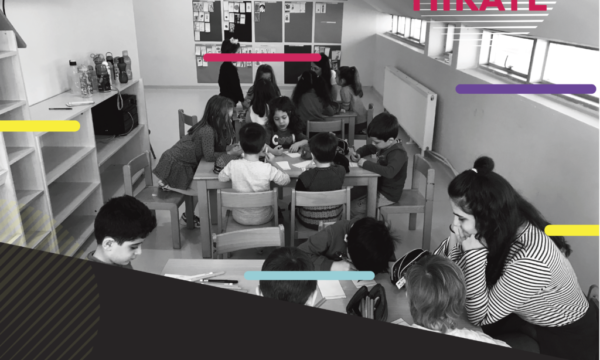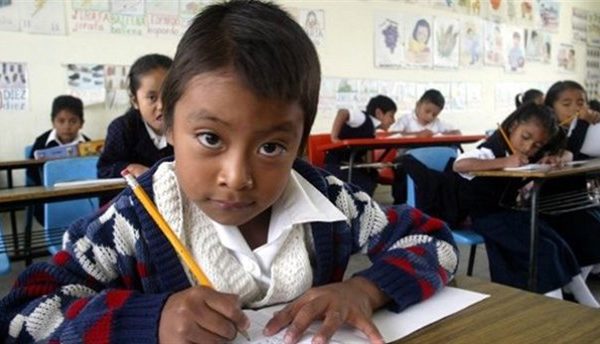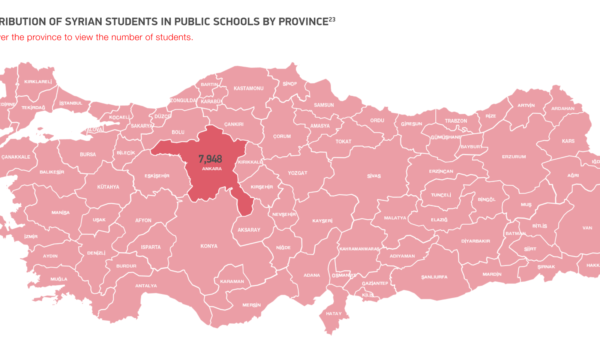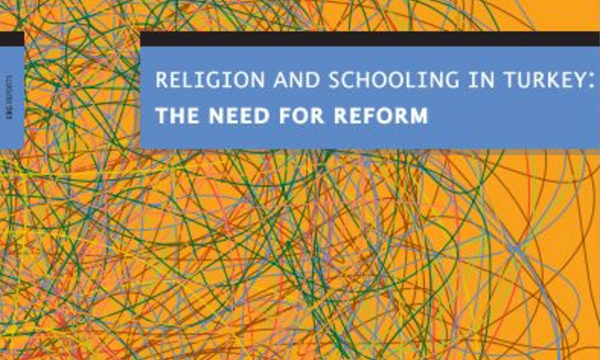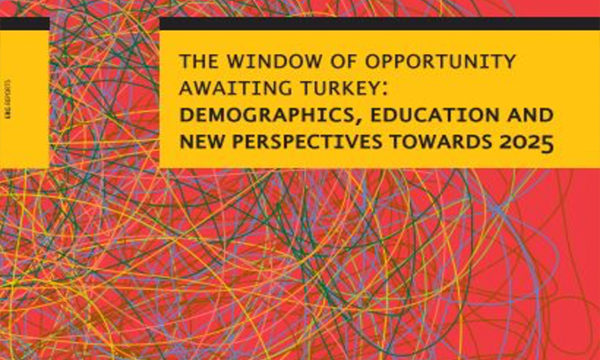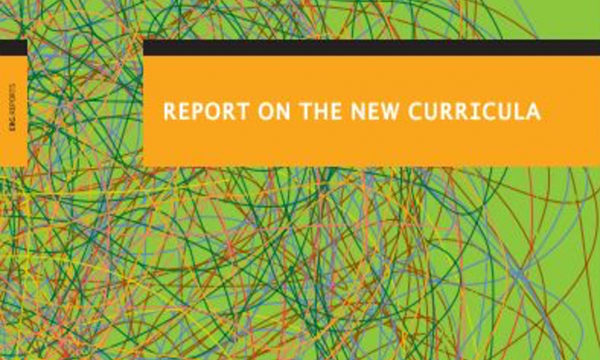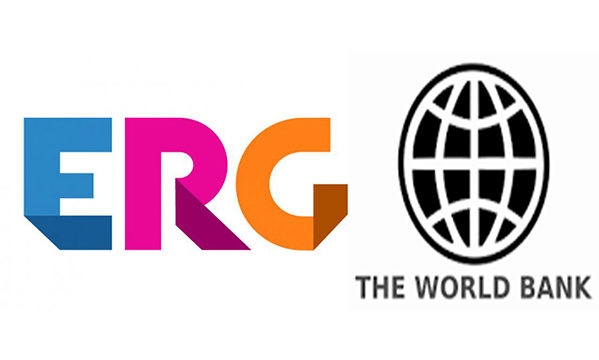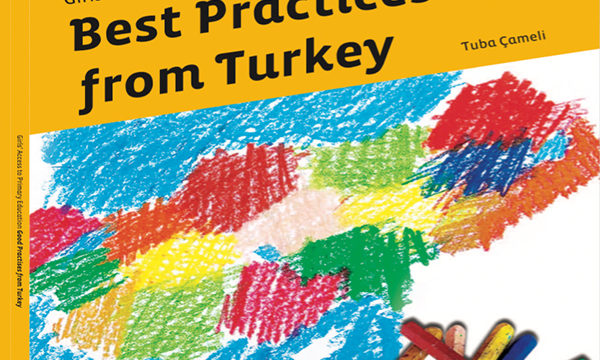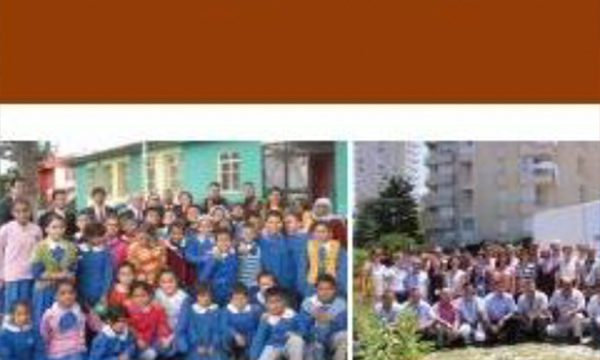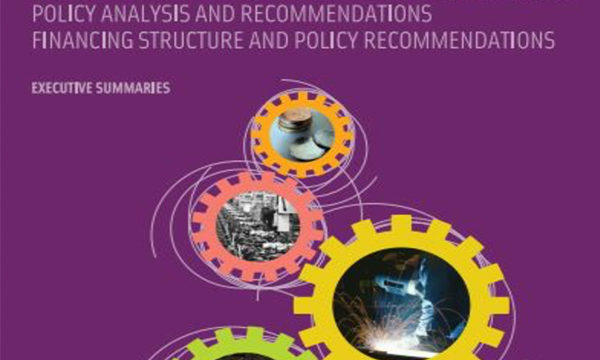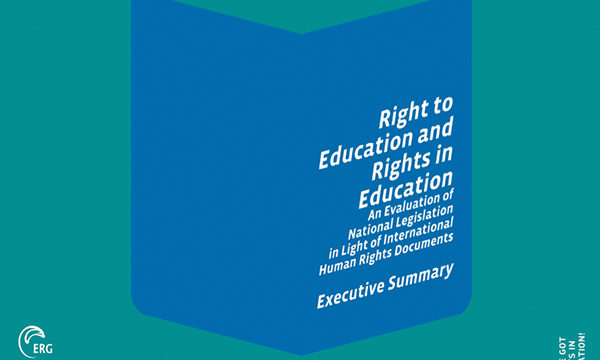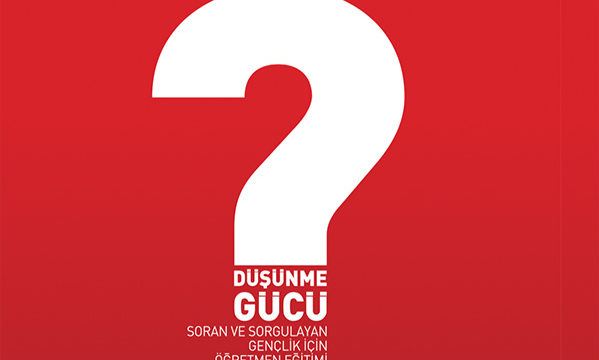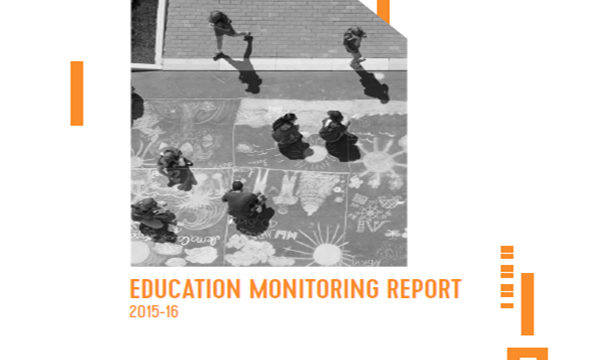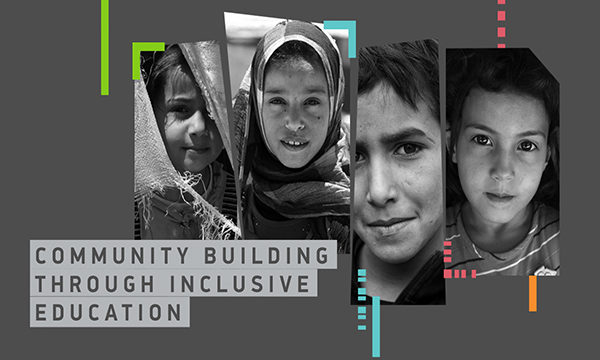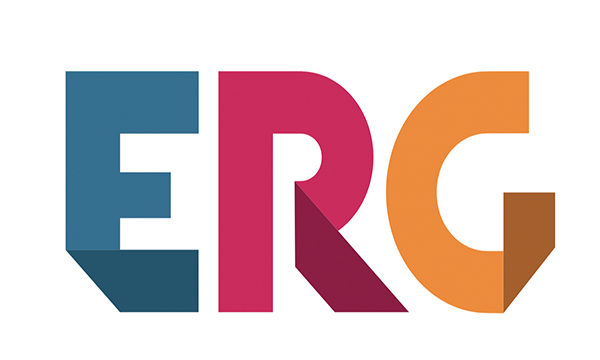Hürriyet Daily News, Barçın Yinanç
Turkey’s government is engaged in positive discrimination toward religious vocational schools known as imam-hatips, according to Batuhan Aydagül, the head of the Education Reform Initiative (ERG).
The fact that there are 73 percent more imam-hatips over 2010 shows the “political and bureaucratic will and support” behind the schools, he said.
We keep hearing of parents complaining that they are left with no option but to send their children to imam-hatip schools.
I think it’s important to clarify how imam-hatip schools are different from other vocational or Anatolian high schools. The difference is not much in what is taught but whether or not religion courses are compulsory or not. If you attend an imam-hatip school, three of the religious courses you have to take are compulsory, so the number of courses that you can take as electives are less than a general Anatolian high school.
As such, it is not completely a different religious curriculum. However, these schools, as it is known by the Turkish general public, have a very significant historical meaning. In fact, both the 1997 Compulsory Education Law and the 2012 “4+4+4 School Reform” [converting the eight-year obligatory system into three blocks] are all about imam-hatip high schools. The underlying driving force is to shut them off in the [1997] Compulsory Education Law and to reopen them with the 4+4+4 Law. Since the Justice and Development Party [AKP] came to power in 2002, imam-hatip schools – and now middle schools since 2012 – have been regaining their weight, both in terms of the number of students enrolled but also in terms of the emphasis given by the ministry.
Since 2010-2011, 1,477 general high schools were shut down. Of that, together with the new schools, all numbers have increased. Today for example, we have 854 imam-hatip high schools, whereas in 2010-11, we had 493. The increase of imam-hatip schools is 73 percent. Vocational high schools have increased 23 percent and Anatolian high schools 57 percent. The fact that one school type has increased its numbers 73 percent shows us the political and bureaucratic will and support behind opening imam-hatip schools. Based on these numbers alone, one can easily say there is a positive discrimination applied by the ministry to imam-hatip schools across the country.

